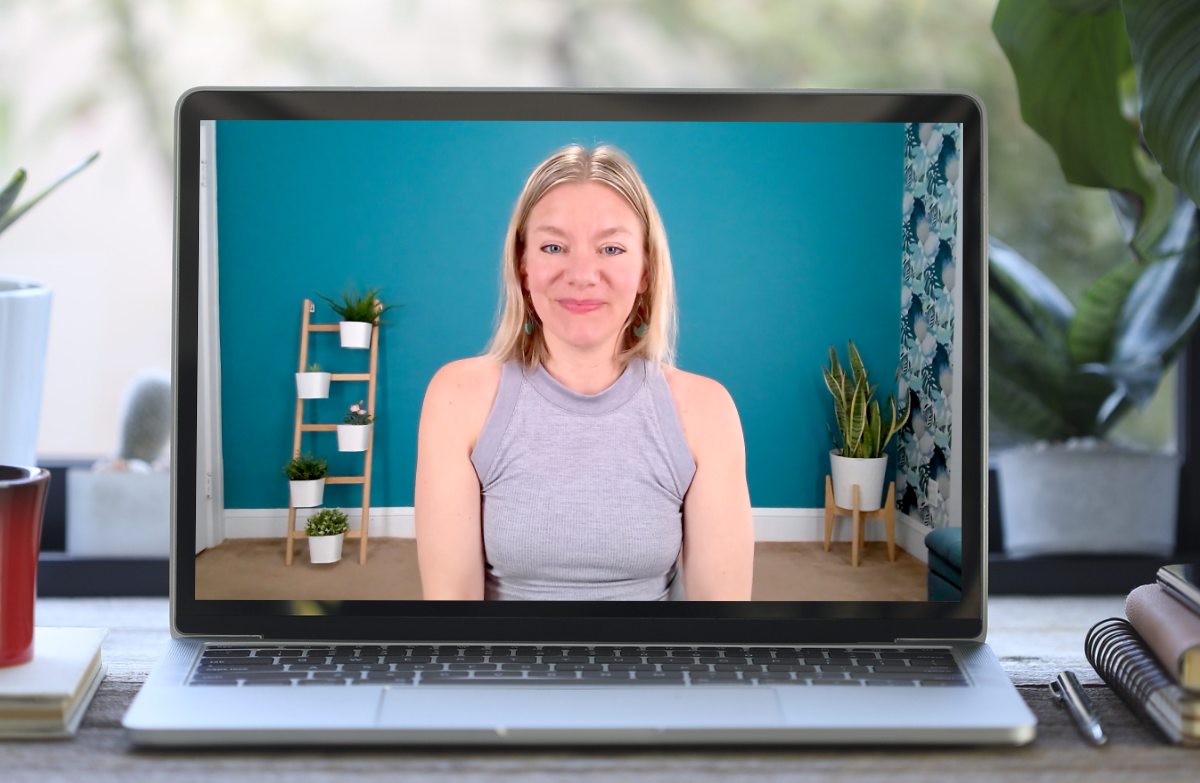Creating avatars to cope with anxiety
0
Alison Wesley, Registered Yoga Teacher/Therapist and Franklin Method Educator
“Become the warrior version of yourself,” my teacher used to say. At the time, I was young and luckily hadn’t experienced much conflict, so the warrior version of myself was a bit vague. I’ll be honest, the first time I tried this (ahem, 1994), my version was Buffy, the Vampire Slayer. I couldn’t possibly think of a version of ME that was strong enough to fight for anything.
As the years went on and I found more and more situations where I was left thinking of all the ways I could have stood up for myself or how I should have set better boundaries, I developed a more clear view of my avatar, my warrior. It’s slightly different each time I think about it, and maybe that’s because I’m somewhat different each time. In addition, the idea of feeling strong and capable is different each time.
When dealing with anxiety, like many disturbances of the mind, we tend to feel weak, frozen and unsure. Then, it makes sense that a remedy is to provide an experience to feel strong, fierce and prepared. Here’s where the Warrior poses come in (or any pose that gets you to face your version of strength head-on).

First off, how we practice the Warrior pose matters. If, as a teacher, I offer a complex and unattainable version of it, my students will feel frustrated and won’t get to experience the strength we’re aiming for; then, the whole program has backfired. Instead, I choose a simple version. Nothing fancy. In a chair yoga class, we’re in a chair. In a standing position, the stance isn’t the furthest we can manage. However, it also needs to be a little challenging. We don’t feel strong by doing something we know we can do. Facing and surpassing challenges is what gives us the feeling of strength.
We can provide this challenge in a few ways. It doesn’t have to be just about the pose itself, although we can dynamically deepen the physicality of the pose by inviting folks to push their feet down (in a chair, as if they’re going to lift off of it) or to hug their muscles to the bones. Another way to provide challenge is with timing: inviting students to stay with it, to feel the effort, touch the edge until the moment they almost can’t go on. Then they come out and feel the effort release as well as a sense of accomplishment (like, I ran away from the tiger! Success!).
Another helpful piece is to offer self-talk or mantra when students are in a challenging pose. Invite the class to think (or even audibly say out loud) “I can do this” or “I’ve got this” or even make up their own phrase. Every exhale can be a moment to repeat those words. Maybe this repetition helps in Warrior, but it’s also a tool students can use in daily life as well.
Once we have the not-too-challenging but just-challenging-enough version of Warrior, now we get to ask: What would your avatar be? What is the version of you that you would send into battle? The great thing is that no one needs to know your version except you. It can change again and again. But it’s another skill that can show up whenever we feel frozen, stuck or unsure. We can call on that version of ourselves to speak up and not back down.
The version of myself that I see when I’m experiencing anxiety is nowhere near the avatar I think of in the Warrior pose. The experience of strength is not the only benefit of cultivating this warrior character; it also reminds us that we’re changeable beings. And if that’s true, then the anxious version of me is as changeable, impermanent, and pliable as the warrior version of me.
Join us for a virtual event this week!
Chat with Alison Wesley about working with students who experience anxiety and panic attacks
Friday, May 27, 2022, 1 pm Eastern time / 10 am Pacific time
Join Alison for an informal discussion and sharing of experience about working with students who experience anxiety and panic attacks. We will chat about being flexible, creative, and observant as yoga therapists when designing customized yoga practices for our yoga students. Sign up for the event >
(Available exclusively to Sequence Wiz members. Sign up for your free 14-day trial today! )
 Check out Alison’s Real-Life Case Studies video series on the Sequence Wiz community site.
Check out Alison’s Real-Life Case Studies video series on the Sequence Wiz community site.
Part 1: What questions to ask about anxiety and panic attacks
Part 2: Using a story and movement to embody fierceness and strength
Part 3: Using flow and mantra to deal with anxiety and panic attacks
We release Alison’s case studies once a week on Fridays; join our Case Studies group to follow along!
[jetpack_subscription_form]

Alison Wesley is a Faculty Franklin Method Educator and Registered Yoga Teacher/Therapist in Portland, OR. She started Working with Yoga in 2008 (now Movement at Work) as a way to reach folks who might not be going to studios/gyms, making movement accessible where and when people work. Alison assists Franklin Method Teacher Trainings and co-wrote Understanding the Pelvis: A Functional Approach to Yoga with Eric Franklin. She designed and leads mobility classes for back care at Rebound Physical Therapy and has a therapeutic movement video series called ThrUMovement. Along with geeking out about movement, anatomy and mental training, Alison kickboxes with her father, plays music with her husband, spends hours trying to train her two German Shepherds, dances salsa and will endlessly be studying Spanish.




















